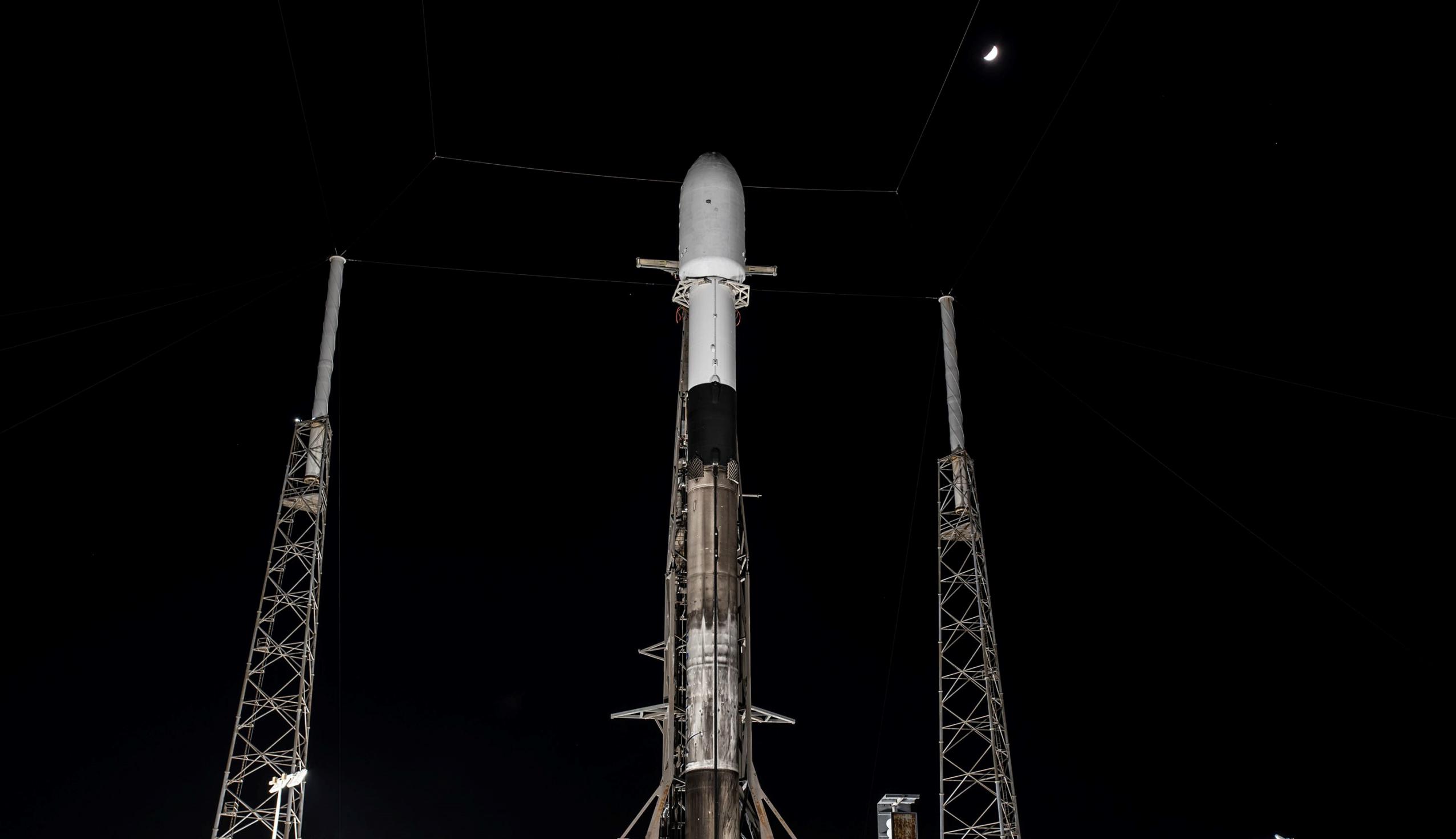
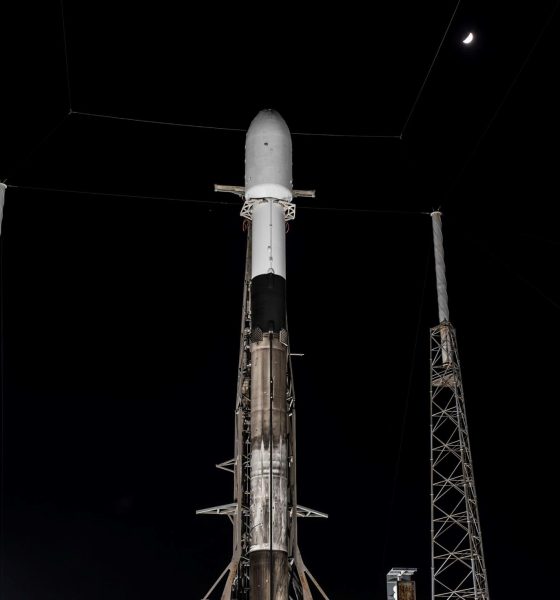
News
SpaceX’s Japanese Moon lander launch back on the calendar after indefinite delay
Update: After indefinitely delaying ispace’s first Moon lander launch on November 30th to fix unspecified issues with its Falcon 9 rocket, multiple sources indicate that SpaceX has put the mission back on its calendar.
Barring additional issues, the private HAKUTO-R Moon lander is now scheduled to lift off from SpaceX’s Cape Canaveral Space Force Station (CCSFS) LC-40 pad no earlier than (NET) 3:04 am EST (08:04 UTC) on Wednesday, December 7th. The mission’s quick return after just a few days of rework is a good sign that the issue that forced SpaceX to stand down was relatively minor. Simultaneously, SpaceX is moving ahead with plans to launch its first mission for OneWeb – a low Earth orbit satellite Internet provider competing directly with Starlink – less than ten hours prior, at 5:37 pm EST (22:37 UTC) on December 6th.
SpaceX support ship Doug departed Florida’s Port Canaveral on the afternoon of December 4th, likely en route to recover Falcon 9’s payload fairing after its first OneWeb launch. If SpaceX is, in fact, working towards a December 7th launch of HAKUTO-R, twin support ship Bob will likely also head to sea within the next 24 hours.
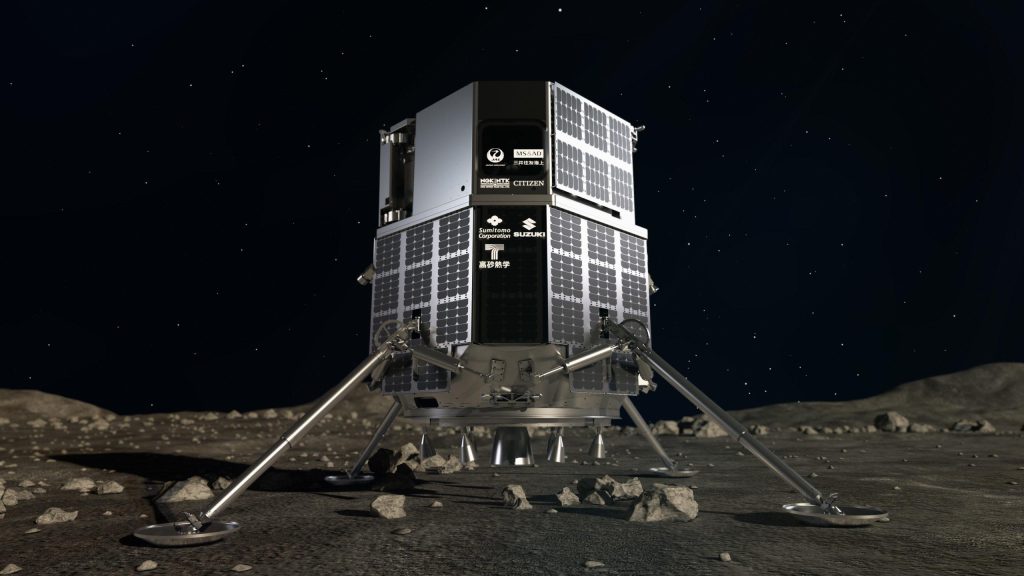
SpaceX has delayed the launch of Japanese startup ispace’s first Moon lander, HAKUTO-R, from Wednesday to Thursday, December 1st “to allow for additional pre-flight checkouts.”
The mission will be the third Moon launch from US soil in less than four months after SpaceX’s successful launch of the South Korean Pathfinder Lunar Orbiter (KPLO) in August and the debut of NASA’s Space Launch System (SLS) rocket earlier this month. Perhaps more importantly, ispace has the opportunity to become the first company in history to successfully land a privately-developed spacecraft on the Moon, a milestone that would arguably mark the start of a new era of lunar exploration.
The update that's rolling out to the fleet makes full use of the front and rear steering travel to minimize turning circle. In this case a reduction of 1.6 feet just over the air— Wes (@wmorrill3) April 16, 2024
ispace’s first HAKUTO-R Moon lander is expected to weigh approximately 1050 kilograms (~2300 lb) at liftoff and is designed to land up to 30 kilograms (~66 lb) of cargo on the lunar surface. The lander is made by several commercial partners: ispace has provided most of its design and structures, but Europe’s ArianeGroup supplied all of HAKUTO-R’s engines, plumbing, and propulsion hardware and was responsible for most of the final assembly process.
Because of ArianeGroup’s involvement, it’s likely that HAKUTO-R shares direct heritage with the European Service Module currently powering NASA’s Orion spacecraft on its first mission to the Moon. It also arguably makes the mission more of a collaboration between Europe and Japan than an exclusively Japanese mission, though HAKUTO-R will still technically be Japan’s first private mission to the Moon.
If successful, it could also become the first privately-funded Moon landing in history. But HAKUTO-R can’t claim to be the first private Moon landing attempt, a title held by Israeli company SpaceIL’s ill-fated Beresheet Moon lander. Launched by SpaceX as a rideshare passenger sitting on top of an Indonesian communications satellite, Beresheet propelled itself all the way from geostationary transfer orbit to lunar orbit over the course of about six weeks. Just a minute or so before touchdown, a manual command inadvertently shut down the spacecraft’s propulsion, causing it to impact the surface of the Moon at ~500 kilometers per hour (310 mph) – less than 8% away from a soft landing.
In September 2019, just five months later, India’s first nationally developed Moon lander got even closer to a successful landing, losing control at a velocity of just 210 km/h (~130 mph) and an altitude of 330 meters (1080 ft). Since the Soviet Union’s 1976 Luna-26 mission, only China’s national space agency (CNSA) has successfully landed on the Moon, completing three landings between 2013 and 2020. The last successful Western Moon landing (Apollo 17; also the last crewed Moon landing) occurred in 1972.
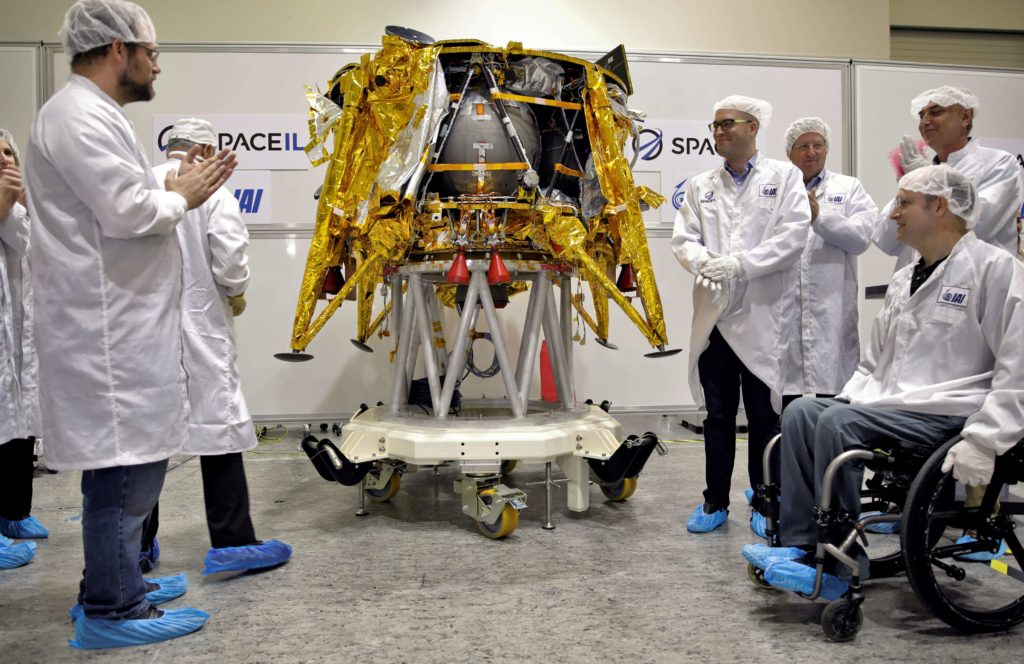
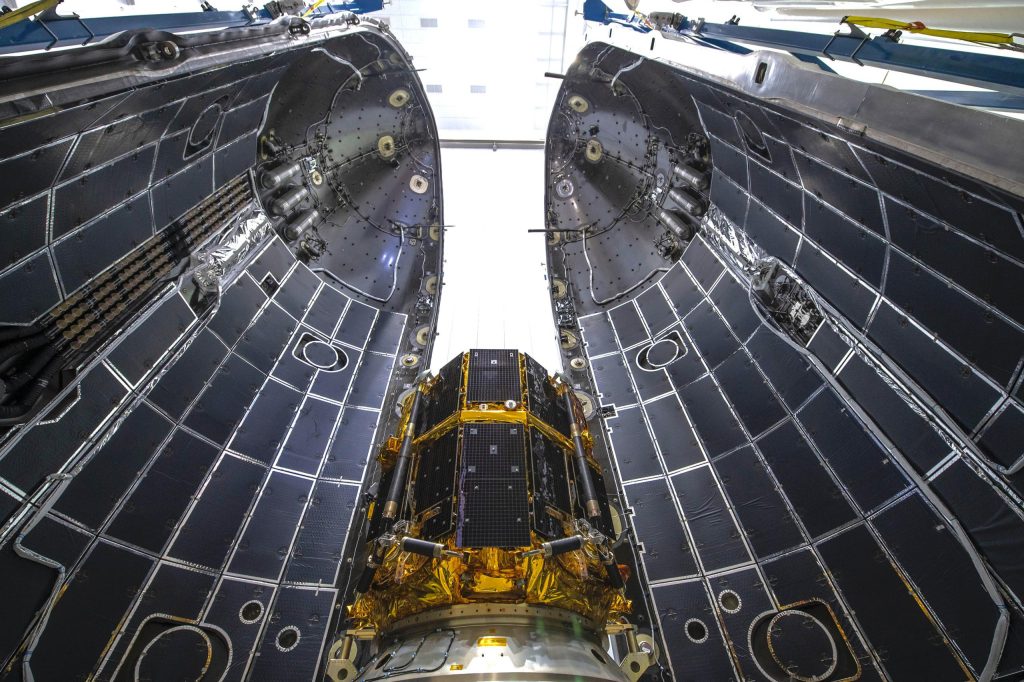
ispace’s ultimate goal is to help facilitate the creation of infrastructure capable of supporting a permanent population of 1000 people on the Moon by 2040. The Japanese startup has privately raised $210 million since it was founded in 2010. In 2022, it won a $73M NASA contract to develop a much larger SERIES-2 vehicle capable of sending either “500 kilograms to the [lunar] surface or as much as 2000 kilograms to lunar orbit.” SERIES-2 will be developed out of ispace’s US branch instead of its Japanese headquarters.
HAKUTO-R will carry seven payloads:
- A solid-state battery for ispace corporate partner NGK SPARK PLUG CO
- A Moon rover (Rashid) for the United Arab Emirates space agency
- JAXA’s transformable lunar robot
- A Canadian Space Agency flight computer prototype
- A camera system built by Canda’s Canadensys
- A panel engraved with the names of HAKUTO’s crowdfunding supporters
- A music disc containing Japanese rock band Sakanaction’s song “SORATO”
In addition to HAKUTO-R, SpaceX’s Falcon 9 rocket will simultaneously launch the NASA Jet Propulsion Laboratory’s (JPL) Lunar Flashflight ice surveyor as a rideshare payload. After launch, Lunar Flashlight will attempt to enter an elliptical lunar orbit and use an infrared laser to (invisibly) illuminate the surface of craters that have been in shadow for millions of years. The way the surface reflects that laser light will allow the spacecraft to prospect for water ice deposits that could one day be mined and converted into rocket propellant.
Tune in below around 3:20 am EST (08:25 UTC) on Thursday, December 1st to watch SpaceX launch Japan’s first privately-developed Moon lander.

News
Tesla Full Self-Driving warrants huge switch-up on essential company strategy

Tesla Full Self-Driving has warranted a huge switch-up on an essential company strategy as the automaker is hoping to increase the take rate of the ADAS suite.
Unlike other automotive companies, Tesla has long been an outlier, as it has famously ditched a traditional advertising strategy in favor of organic buzz, natural word-of-mouth through its production innovation, and utilizing CEO Elon Musk’s huge social media presence to push its products.
Tesla has taken the money that it would normally spend on advertising and utilized it for R&D purposes. For a long time, it yielded great results, and ironically, Tesla saw benefits from other EV makers running ads.
Tesla counters jab at lack of advertising with perfect response
However, in recent years, Tesla has decided to adjust this strategy, showing a need to expand beyond its core enthusiast base, which is large, but does not span over millions and millions as it would need to fend off global EV competitors, which have become more well-rounded and a better threat to the company.
In 2024 and 2025, Tesla started utilizing ads to spread knowledge about its products. This is continuing, as Full Self-Driving ads are now being spotted on social media platforms, most notably, X, which is owned by Musk:
NEWS: Tesla is running paid advertisements on X about FSD (Supervised). Here’s an ad they started running yesterday: pic.twitter.com/IHVywLMyTd
— Sawyer Merritt (@SawyerMerritt) November 25, 2025
Interestingly, Tesla’s strategy on FSD advertising is present in Musk’s new compensation package, as the eleventh tranche describes a goal of achieving 10 million active paid FSD subscriptions.
Full Self-Driving is truly Tesla’s primary focus moving forward, although it could be argued that it also has a special type of dedication toward its Optimus robot project. However, FSD will ultimately become the basis for the Robotaxi, which will enable autonomous ride-sharing across the globe as it is permitted in more locations.
Tesla has been adjusting its advertising strategy over the past couple of years, and it seems it is focused on more ways to spread awareness about its products. It will be interesting to see if the company will expand its spending even further, as it has yet to put on a commercial during live television.
We wouldn’t put it out of the question, at least not yet.
News
Tesla Model Y Standard: first impressions from a Premium owner
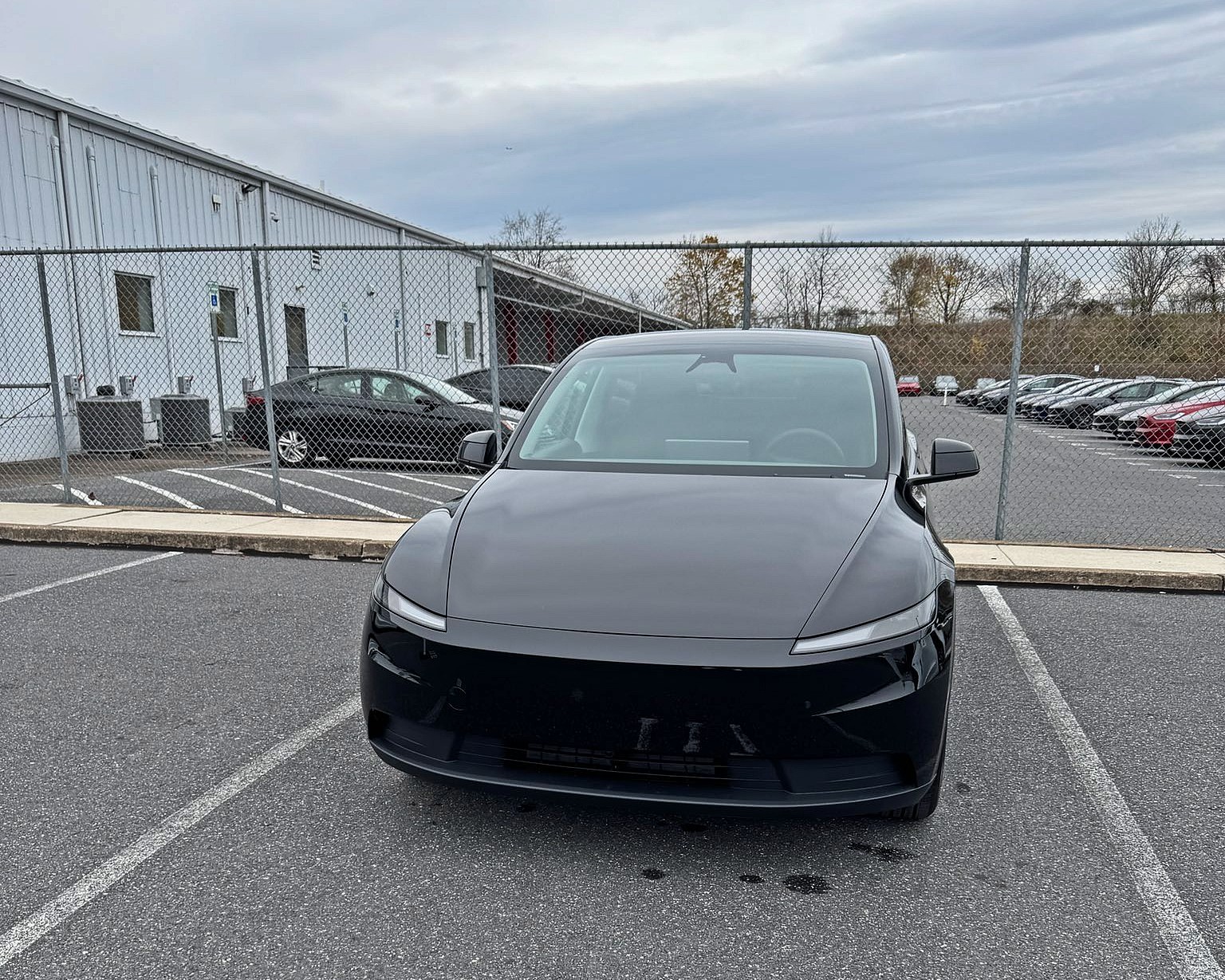
Tesla was nice enough to hook us up with the new Model Y “Standard” trim for a few days, and while we’ll be sure to fill you in on the full experience in the coming days, there are a lot of differences we noticed right off the bat, which make the ownership experience different from the “Premium” configuration level.
I purchased a Model Y Long Range All-Wheel-Drive back in August and took delivery just two weeks later. Through the first three months of owning my car, I’ve come to love so many things about the Tesla experience.
I traded my ICE vehicle for a Tesla Model Y: here’s how it went
However, I was interested in experiencing the affordable trim and seeing whether I would miss any of the voided features of the “Premium” Model Y.
Through the first 24 hours, here are my first impressions of the Model Y Standard as a Premium trim level owner:
Overall Aesthetic
The lack of a light bar is not something that is a dealbreaker. In fact, I would argue that the Model Y Standard’s more traditional headlight design is just as pleasing from an aesthetic standpoint.
The car is great looking from top to bottom; there are not a substantial number of differences besides the lack of a lightbar on both the front and the back of the car.
Overall, it is a very sleek vehicle, but the major changes are obviously with the interior.
Interior Changes
This is where the big differences are, and some of the things I’ve gotten used to in the Premium are not included. If I didn’t have a Premium Model Y already, I’m not sure I’d miss some of the things that are not present in the Standard trim, but I believe I’d get annoyed with it.
First impressions:
✅ Interior is excellent. I definitely miss the additional storage already that is available in my Premium. I could definitely get over it though
✅ Noticeable step down in sound system. Long Time by Boston absolutely cranks in the Premium; it’s still very… https://t.co/JNWvxTd8p1
— TESLARATI (@Teslarati) November 25, 2025
Storage
The Premium has a large storage compartment between the cupholders and the wireless charger, which is not present in the Standard trim. Instead, it is more like the Cybertruck, as there is a pass-through and floor storage.
I think that the pass-through is nice, but the additional storage is something I take advantage of, especially as someone who films Full Self-Driving videos, which requires hauling mounts, GoPros, and other accessories.
The sleekness of the Premium trim is also something I prefer; I really enjoy having the ability to close those compartments and cover the cupholders.
Obviously, this is a really trivial issue and not something that is substantially impactful from an ownership experience. If I weren’t already an owner, I am not sure I’d even have something to complain about.
Material Differences
The Premium trim seats are completely Vegan Leather, which I really do like, even as someone who doesn’t really love leather seats due to their temperature dependency.
The Standard trim features a Textile and Vegan hybrid, which has half of the seat a different material than the other.
The material is very similar to what I had in my previous car, a Bronco Sport. It was very durable, easy to clean, dried quickly, and hid a lot of things that leather does not, like oils from your skin, which constantly require attention to keep your interior looking fresh.
The wireless charger is also a different material, as the Premium features an Alcantara material on that. The Standard has a rubberized and textured backing, which looks good, too. They’re both more than suitable.
Other Missing Features
The Standard lacks a few minor things, most noticeably is the ambient lighting. The biggest change, however, and something I really miss, is the glass roof.
A lot of people told me that when I got my Model Y, I wouldn’t even notice the glass roof after a few weeks. That could not be further from the truth. I look out of it all the time, and it’s one of my family’s favorite parts of the car.
My Fiancè and I really love parking and watching Netflix when we pick food up, especially when it’s raining, because the glass roof gives such a great view.
We also loved it as Fall arrived, because it was great to look at the foliage.
Buy the Tesla.
Enjoy the glass roof. pic.twitter.com/r2GDyOEEWu
— TESLARATI (@Teslarati) October 28, 2025
Bigger Differences
There are also a handful of very noticeable differences from the overall cabin experience, especially with the sound system.
Much Weaker Sound System
The Model Y Standard has just 7 speakers and 1 amp, with no subwoofer. This is a significant step down from the 13-15 speakers in the Premium Long Range AWD Model Y, the 2 amps it comes with, and 1 subwoofer in the trunk.
I usually like to listen to Long Time by Boston to test out a sound system, and it was noticeably weaker in the Standard. It was missing a big portion of the umph that is provided by the Premium’s sound system.
Cabin Noise
It feels like the Cabin Noise is definitely more noticeable in the Standard, which is something I really love about my Model Y. It is able to dampen so much road noise from louder cars, and I don’t feel as if it is very quiet in the Standard.
This is perhaps the biggest make-or-break for me with this car. I truly have been spoiled by how quiet the cabin is in the Premium, and it’s due to the lack of acoustic-lined glass in the Standard.
I will be doing a more in-depth review of the Model Y Standard, especially with ride quality, later this week.
News
Tesla takes a step towards removal of Robotaxi service’s safety drivers
Tesla watchers are speculating that the implementation of in-camera data sharing could be a step towards the removal of the Robotaxi service’s safety drivers.

Tesla appears to be preparing for the eventual removal of its Robotaxi service’s safety drivers.
This was hinted at in a recent de-compile of the Robotaxi App’s version 25.11.5, which was shared on social media platform X.
In-cabin analytics
As per Tesla software tracker @Tesla_App_iOS, the latest update to the Robotaxi app featured several improvements. These include Live Screen Sharing, as well as a feature that would allow Tesla to access video and audio inside the vehicle.
According to the software tracker, a new prompt has been added to the Robotaxi App that requests user consent for enhanced in-cabin data sharing, which comprise Cabin Camera Analytics and Sound Detection Analytics. Once accepted, Tesla would be able to retrieve video and audio data from the Robotaxi’s cabin.
Video and audio sharing
A screenshot posted by the software tracker on X showed that Cabin Camera Analytics is used to improve the intelligence of features like request support. Tesla has not explained exactly how the feature will be implemented, though this might mean that the in-cabin camera may be used to view and analyze the status of passengers when remote agents are contacted.
Sound Detection Analytics is expected to be used to improve the intelligence of features like siren recognition. This suggests that Robotaxis will always be actively listening for emergency vehicle sirens to improve how the system responds to them. Tesla, however, also maintained that data collected by Robotaxis will be anonymous. In-cabin data will not be linked to users unless they are needed for a safety event or a support request.
Tesla watchers are speculating that the implementation of in-camera data sharing could be a step towards the removal of the Robotaxi service’s safety drivers. With Tesla able to access video and audio feeds from Robotaxis, after all, users can get assistance even if they are alone in the driverless vehicle.








